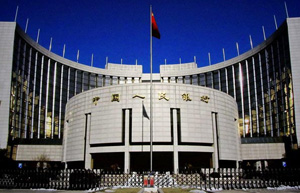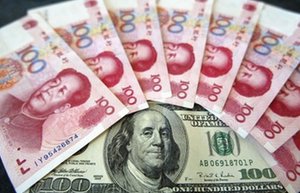BEIJING - China's central bank is looking to negotiable certificates of deposit (NCDs) as calls for a fully liberalized interest rate grow.
In its quarterly monetary policy report released this week, the People's Bank of China (PBOC), the country's central bank, said it will gradually offer NCDs for enterprises and individuals to facilitate the country's interest rate liberalization in an orderly way.
Economists expect NCDs could be launched as soon as this year as a step to give people more investment options other than the equity and fund markets.
"Since PBOC governor Zhou Xiaochuan said earlier this year that the regulator will completely loosen its control over bank deposits, it is very likely the NCDs will be launched this year," said Lian Ping, chief economist of the Bank of Communications.
Currently, the PBOC still controls the interest rates banks can offer to clients, allowing lenders to float a maximum 10 percent upward from the benchmark interest rates.
However, the inter-bank interest rates and the lending rates have already been fully liberalized, thus forming a so-called interest rate "dual track" system that many observers say benefits commercial banks with protected interest rate margins and harms depositors.
"If NCDs targeting individuals win the go-ahead, it will be an important step forward for China to remove control over interest rates for deposits and let the market decide interest rates," Lian said.
NCDs have proved effective in overcoming hurdles in interest rate liberalization in other countries. For example, the US Federal Reserve began issuing NCDs in 1973, which gradually became the main source of funds for banks in the United States.
The same monetary tool was also used by Japan and the Republic of Korea when they liberalized interest rates in 1979 and 1994, respectively.
'Virtual' progress expected in interest rates liberalization
Central bank takes another step in interest rate easing
China to maintain proactive fiscal, prudent monetary policies
Interest rate liberalization on way, policy adviser says
|
 |
 |
| Central bank in a monetary dilemma | Chinese currency needs more flexibility |
